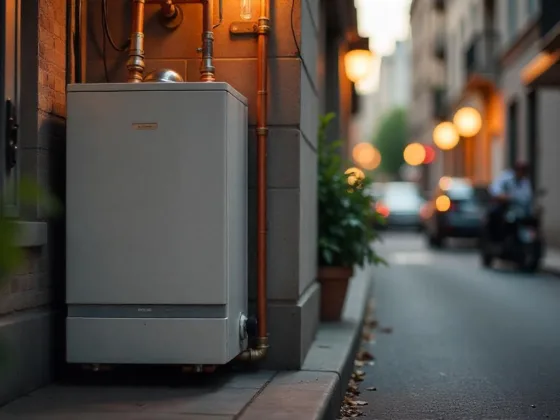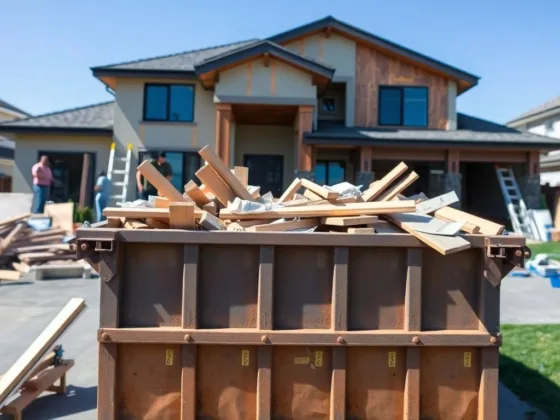Table of Contents Show
Moving within the same city is already challenging, so you can already imagine how much work is needed for a successful long-distance move.
Whether you’re moving overseas or to a new city hundreds or thousands of kilometers away from your current home, you might want to consider hiring professional removalists for a more convenient moving experience.

If you’re opting for a DIY move, you must be prepared for the amount of work you need to accomplish. Here’s what you need to do to get started for either moving option:
1. Planning Early Will Save You from A Lot of Stress
Since long-distance moves require a lot of work, it’s best to start planning as soon as you have decided on a moving date. Take note of important tasks that you need to accomplish, especially paperwork and documentation that are required for the move.
When possible, create a checklist or a to-do list and add target completion dates to ensure you’ll get everything done on time.
2. Getting Estimates and Hiring a Reliable Mover Is Crucial
Whilst there are similarities, every move has its unique requirements and moving companies offer services at different rates. To make sure you get the services you need at a good price, get estimates from at least three companies and compare their offers.
Aside from looking at the price, take some time to look into the performance and history of the company. Since you will be entrusting them with your belongings, it’s only right that you make sure that they can get the job done without or with minimal delay.
Instead of choosing the company with the cheapest offer, opt to work with a reliable moving company that is known for providing quality services to their customers.
Read Also:
3. You Don’t Need to Bring Everything
Long-distance moves can be costly, especially when you have plenty of items to move. You can significantly lower your costs by reducing the number of items you bring during your long-distance move. Before you start packing, find some time to declutter and sort your belongings.
Go through the items in your home and get rid of the items that you haven’t used for more than six months. If these items have been lodged in your storage rooms for a long time, likely, you won’t be using them in your new residence.
Check the condition of these items and sort them accordingly; items that are in good condition may be donated, sold, or given to friends or family. Dispose of any items that are old or too worn out, especially appliances or furniture.
4. It’s Best to Settle Personal Matters Before Moving
Aside from preparing your belongings for the move, there’s also plenty of paperwork you need to accomplish when moving to a new city. For example, you need to have your driver’s license updated.
Whilst it is possible to do this after moving in, doing this before your scheduled move will allow you to be able to drive into your new city upon arrival. This is extremely helpful when you need to go out to do some errands or to travel to and from work.
You also need to ensure that all your paperwork and documents are in order, so you won’t have to travel back to get them once you arrive in your new home. A few weeks before the move, visit your doctor or healthcare provider to get your medical records. Consider asking them if they know a doctor or specialist in your new area.
If you have pets and you intend to take them with you, you might need to reach out to your current city’s council for the documentation and updating of records or tracking.
You must also inform other service providers such as banks, subscriptions, etc. about the change in address to ensure that your mail and orders will be delivered to the right address. When possible, do your research on what other documents you need to update or acquire before or after the move.
5. Using Quality Packing Materials Is a Must
Whether you’re moving on your own or you’re hiring professional removalists, it’s best to use high-quality materials when packing your belongings.
Whilst it does not always guarantee that no items will be damaged, it helps in protecting your items from potential damage that may occur, especially while the goods are transported.
Some of the basic supplies you will need to include:
- Moving boxes (different sizes)
- Packing tape
- Moving Straps or Duct tape
- Permanent markers for labeling
- Blank newsprint or wrapping paper
- Ziplock bags
- Scissors or cutters
- Bubble wrap
- Moving blankets
- Special boxes or containers for artwork or TV
6. Avoid Procrastinating
No matter the size of your move, never underestimate the number of tasks that need to be done. Packing and preparing your belongings for moving day takes a lot of time and energy.
Hence, it is highly recommended that you begin packing as early as possible. By doing this, you can take your time in making sure that all your belongings are packed properly.
This will also give you enough time to check every room and storage space to make sure nothing gets left behind.
Starting with the rooms you use the least and working your way through the busiest areas in the home. As your moving day approaches, start packing the items that you won’t need immediately after the move.
Label all boxes with their contents and assigned room and remember to pack a bag or box of essential items such as toiletries and a change of clothes that will last for a few days. This way, you will have enough supplies to use whilst waiting for your belongings to be delivered to your new home.
7. Having Moving Insurance Can Lessen Your Worries
Accidents and unfortunate circumstances may occur during your move. It will not lessen the risks, but it gives some kind of assurance that you will be compensated for the value of your belongings in case they get damaged or lost during the move.
If you’re hiring professional removalists, ask them if they also offer moving insurance that can be included in your moving package.









